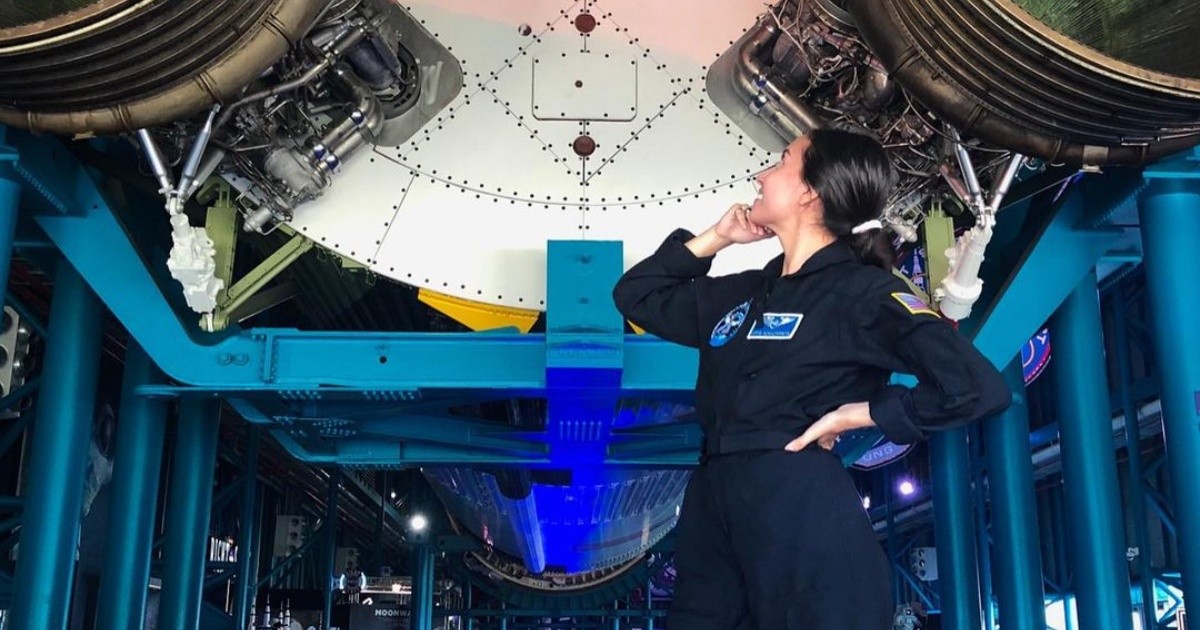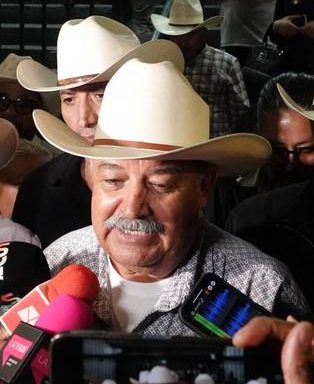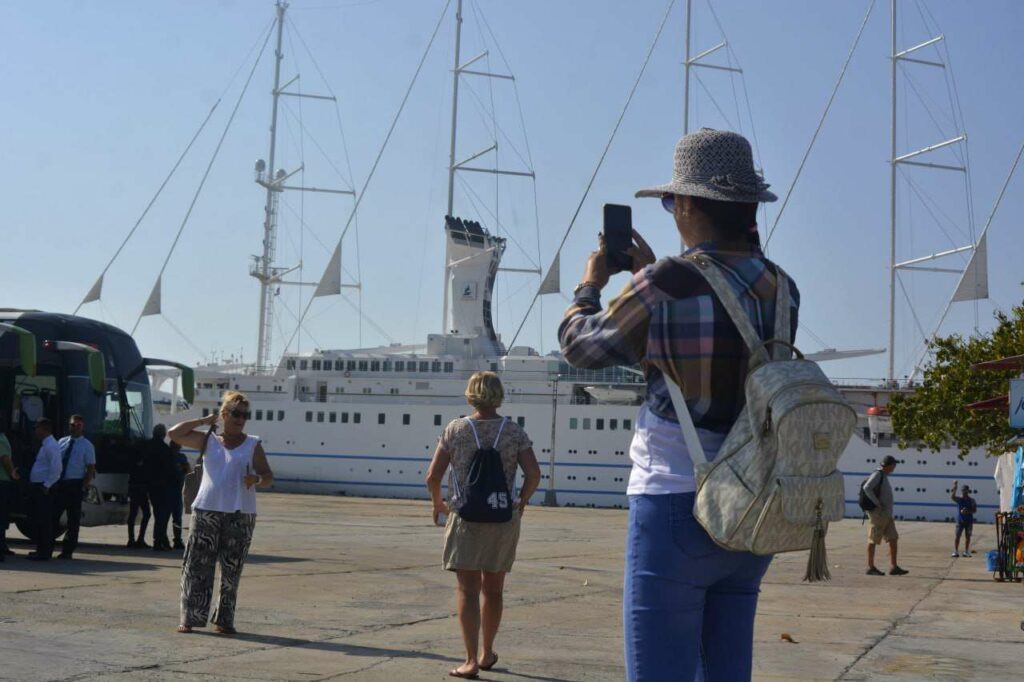We are the generation that will conquer the universe, and Mexico is participating in the struggle to carve out a scientific and technological path to the stars.
The early years of space exploration took the form of a race between the United States and the Soviet Union, but soon the cosmos stopped having just two flags. Today there are many countries that seek to step on moons, asteroids and planets. Europe, India, China and many others have space agencies that put into orbit rovers explorers, satellites and telescopes that observe beyond what we would have imagined. But where is Latin America in this scenario? Does it stay outside the celestial vault?
Mexico has historically had an active part in space exploration, and today it is one of the main promoters of the Latin American and Caribbean Agency for Outer Space (ALCE).
It’s not just the conquest of other worlds
The ALCE coordinates the exploration, research and application efforts of space technoscience. It is a project that emphasizes the development for well-being, protection and security region of. This means, for example, the use of satellites that allow the identification and early warning of risks caused by natural phenomena. A good satellite system will also allow remote sensing focused on the exploration of natural resources, and improve telecommunications even in places with complex access.
Mexico’s entry into outer space must necessarily be done in cooperation with other countries and regional agencies, and the Secretary of Foreign Relations plays a fundamental role.
The International Geophysical Year
In the 1950s, Mexico launched efforts to harness outer space through science and technology.
1957 was fundamental in understanding the development of institutions and instruments for the use of outer space, not only in Mexico and Latin America, but worldwide. It was then that the International Geophysical Yearan international geophysical research program aimed at the systematic analysis of the Earth and its planetary environment.
Sixty-seven countries (including eleven Latin American countries) undertook a technological and scientific effort to collect, systematize, and analyze data in disciplines such as meteorology, oceanography, seismology, cosmic rays, and solar activity, etc.
Within the framework of these activities, historical milestones related to the universe were reached. The Soviet Union and the United States launched the first artificial satelliteswere discovered Van Allen radiation rings and it was confirmed plate tectonics theory.
In this environment of effervescence through outer space, the first initiatives for its use in higher education institutions arose. We have records, for example, of the development of rockets launched from Cape Tunain the highlands of the northeastern state of San Luis Potosí (Mexico), at least since 1957.
cosmic diplomacy
At the beginning of the following decade, that same effervescence found an echo in the chancellery of the Mexican government. Through an agreement with the United States within the framework of the Project Mercury –the first US program dedicated to putting humans into orbit–, the Mexican government agreed to install a station to track the capsule in which the US Allan Shepard made its suborbital flight on May 5, 1961, 23 days after the Soviet Yuri gagarin He became the first human to go out into the cosmos. Although the project mercury began in 1958, the construction of a ground station in Mexico was only agreed upon until 1960, through the agreement of the United States-Mexico Commission for Observations in Space Related to the Mercury Project.
To ensure remote command, tracking, and communication with the ships in orbit, the project called for the establishment of a network of sixteen tracking stations around the world. The community of Guaymas, in western Mexico, proved to have favorable conditions. It was there where two towers with data transmission antennas and control equipment on a trailer were installed.
Mexican astropolitics and the peaceful uses of outer space
Two years after the establishment of the Empalme-Guaymas tracking station, the National Commission for Outer Space (CONEE). In this, the Mexican government followed the global trend of establishing government institutions specialized in space affairs. This happened not only in the United States with NASA and in the USSR with the Cosmic Forces, but also in India, France, Italy, Argentina, Brazil, and many other countries around the globe.
CONEE became the civil body in charge of developing the means for the exploration and peaceful uses of outer space for the benefit of Mexico, as well as controlling and monitoring the investigations carried out on the subject in national territory. Among its functions was also to link up with foreign institutions in the same specialty with the support of the Ministry of Foreign Affairs, including sending specialists as part of the Mexican delegation in the United Nations Committee on the Peaceful Uses of Outer Spacefounded in 1959.
In its fifteen years of operation, CONEE developed a program of sounding rockets, one of meteorological satellites, and another of remote sensing for the detection of natural resources. In addition, CONEE undertook dissemination and linkage programs, establishing research agreements with higher education institutions such as the National Autonomous University of Mexico (UNAM) and the National Polytechnic Institute (IPN). It also offered training courses for remote sensing technicians.
As part of its dissemination efforts, the CONEE established, together with the UNAM, an outer space pavilion in the exhibition of “The Olympic Games and the Modern World” in the framework of the 1968 Olympics. Germany, Canada, United States, Great Britain, Mexico, and the Soviet Union exhibited models, replicas, images, and videos of their national space activities. Rockets and satellites were exhibited, and a visit from the cosmonaut was received German Titov (USSR) and the American astronaut Michael Collins.
The end of the first Mexican incursion into the cosmos
In the context of a serious national economic crisis, CONEE was extinguished by decree of President Luis Echeverría in March 1977, under pretext of austerity and elimination of duplication of functions.
But Mexico had already taken its first steps in astropolitics, that is, the establishment of a set of institutions, laws and policies for the use of outer space. Likewise, Mexico had inaugurated its cosmic diplomacy, the use of space technoscience to influence international relations for political purposes.
Today is the moment of a second Mexican attempt to enter the cosmos hand in hand with its Latin American neighbors. What awaits them? Only time –and space– will tell.
Gloria Maritza Gomez RevueltaResearcher of the cultural history of science and technology and professor at the Centro Universitario de Los Altos, University of Guadalajara
This article was originally published on The Conversation. read the original.

















